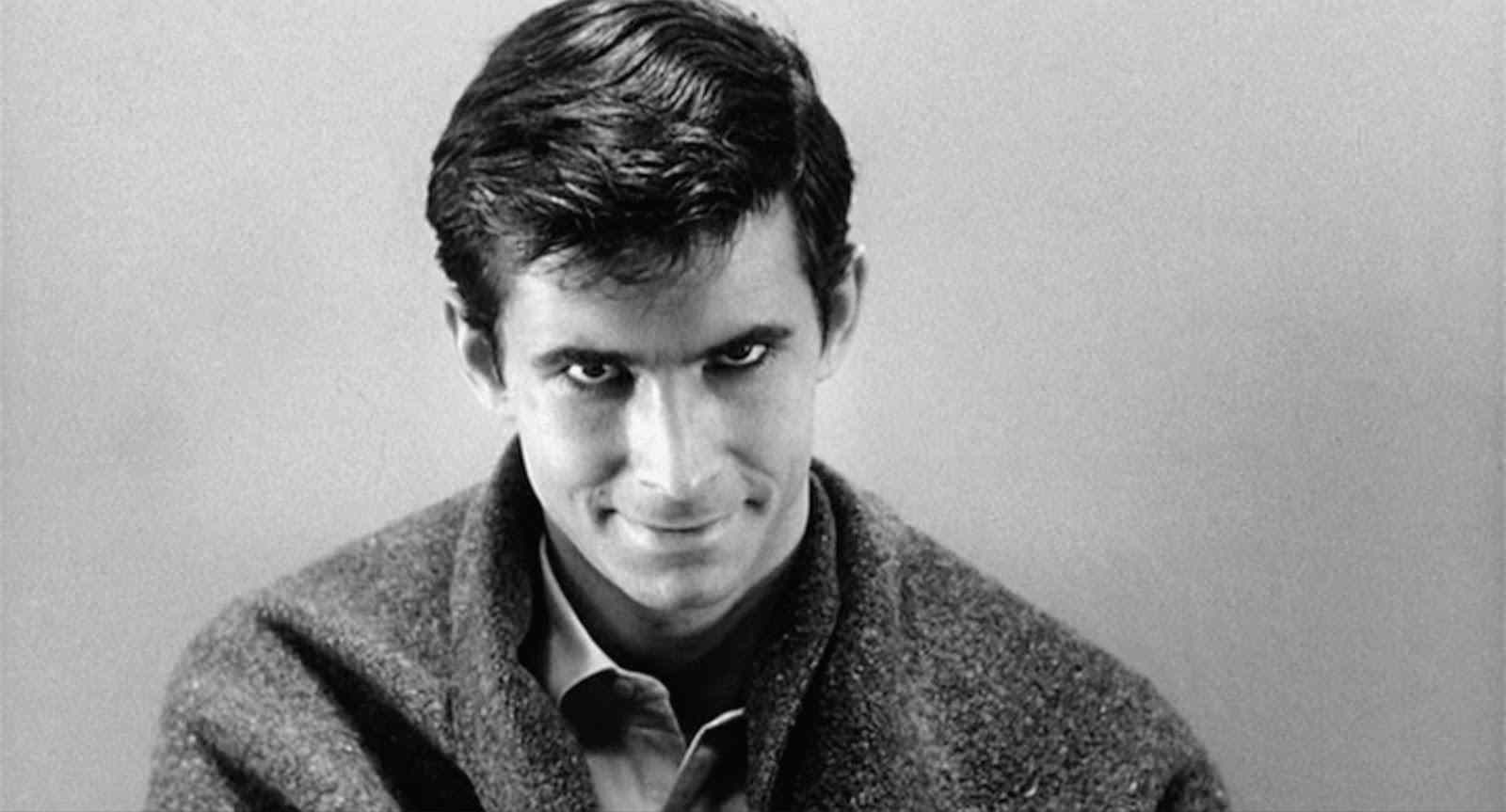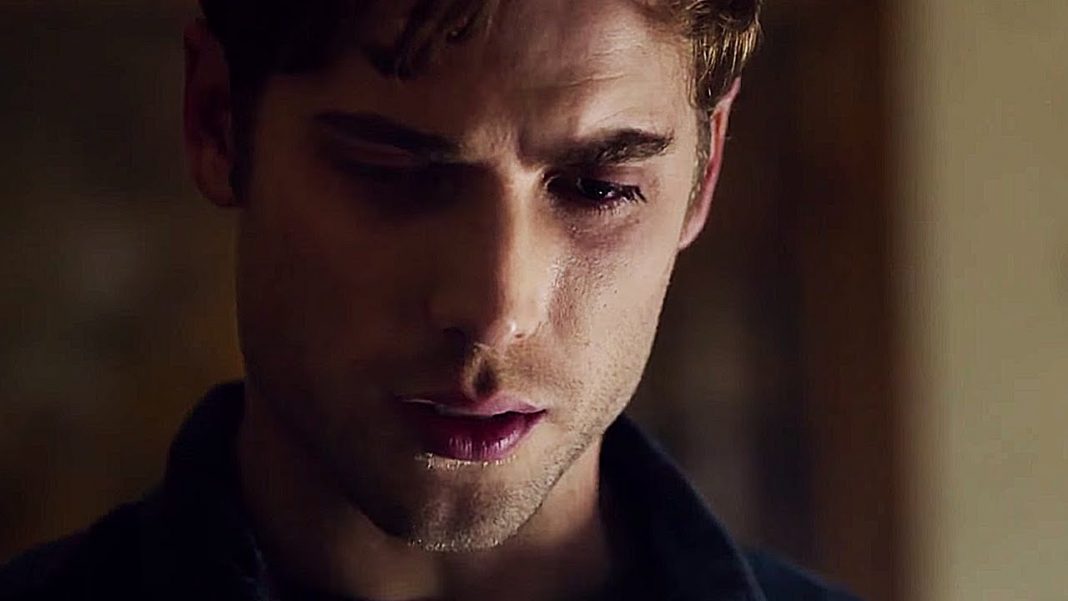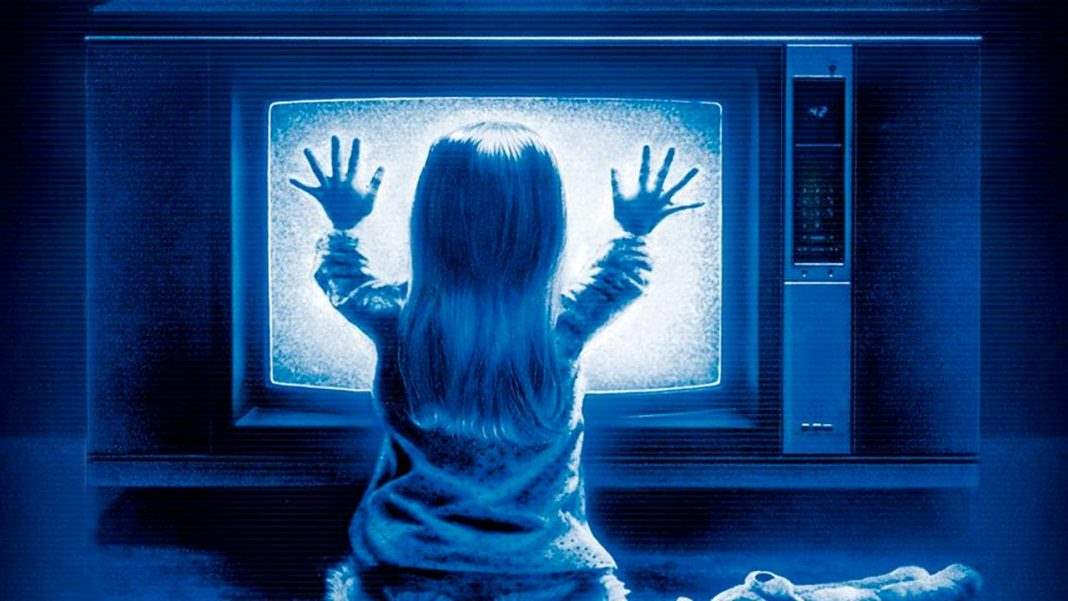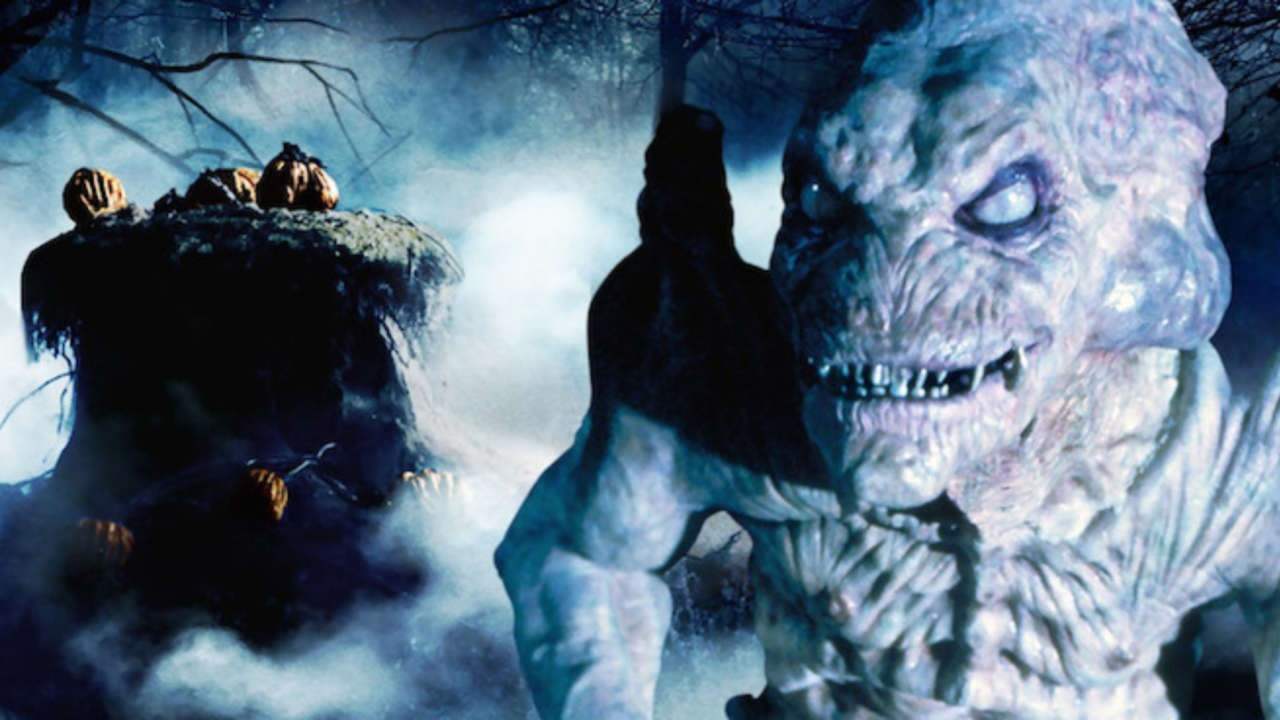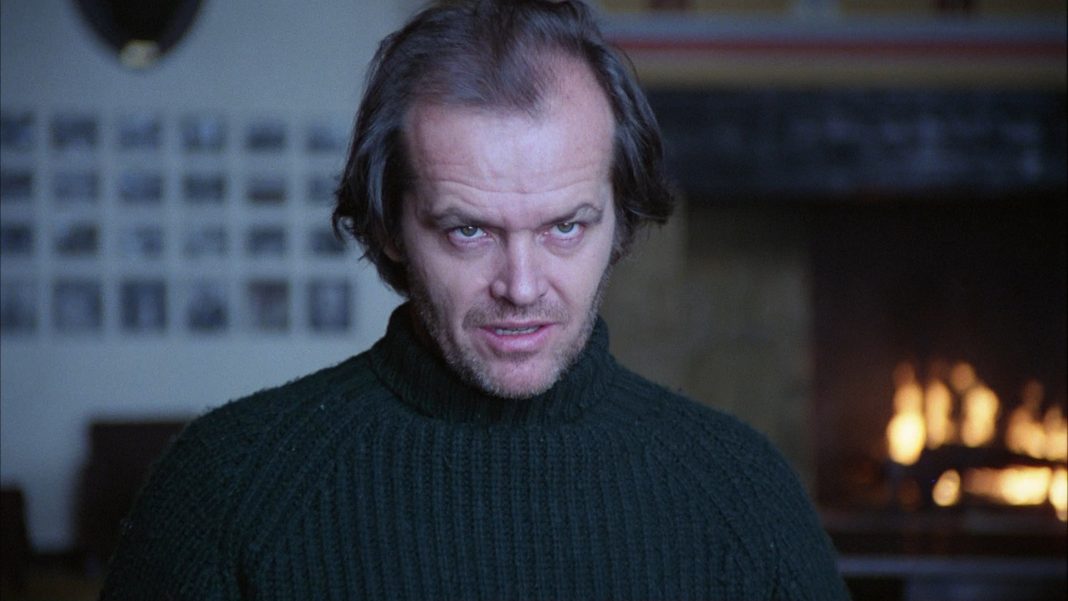A good motive can make or break a horror movie. If you can’t understand where the villain is coming from, sometimes it can make them scarier. But more often than not, it only makes them unbelievable and takes you out of the experience. You need to be able to buy why the villain is doing the things he or she is doing and get some hint of an understanding as to why they are the way they are.
Usually, this only results in the same motives being used over and over again. Revenge, love, etc. Watching horror movies as often as we do, we see the same stock antagonists get recycled over and over. It’s a surprise when a killer comes along with a different motivation than we’re used to seeing. It’s a rare treat.
Did You Know? Wicked Horror TV Has Classic and Independent Horror Films Available to Stream for Free!
When a killer’s motivation defies the traditional mold, it should be embraced. The killers we’ll be looking at here all broke from tradition and defied the norm. They’re the best of the best when it comes to originality and I think they’re worth examining to show that villains can have reasons beyond the traditional revenge fantasy.
Mickey in Scream 2
Mickey’s motivation is my favorite of the franchise, because of how perfectly he lays it out and how specifically ‘90s it is. Mickey plans to blame violent media for his actions, in an era when people were constantly looking for scapegoats to blame real life violence on. The 1990s were a decade that saw Child’s Play 3 being pulled from theaters after a murder in which the killer—a child—had not actually seen the film, but had noted that he wanted to, and that was enough. Mickey knows that movies didn’t cause his violent actions, but also knows that if he blames violent media, the whole country will believe him and see him as a poor, tortured soul who was corrupted.
 Jigsaw in Saw
Jigsaw in Saw
John Kramer, AKA Jigsaw, defined a whole new generation of horror with his original motivation in the Saw films. This was not a killer who was simply picking people off to fill a void within himself, he was a man who wanted other people to be grateful for their own lives. It’s totally different than the traditional horror villain motivation because, ideally, Jigsaw actually wants these people to survive. I think the characterization, as much as the inventive traps, helped skyrocket Saw into the major franchise it became.
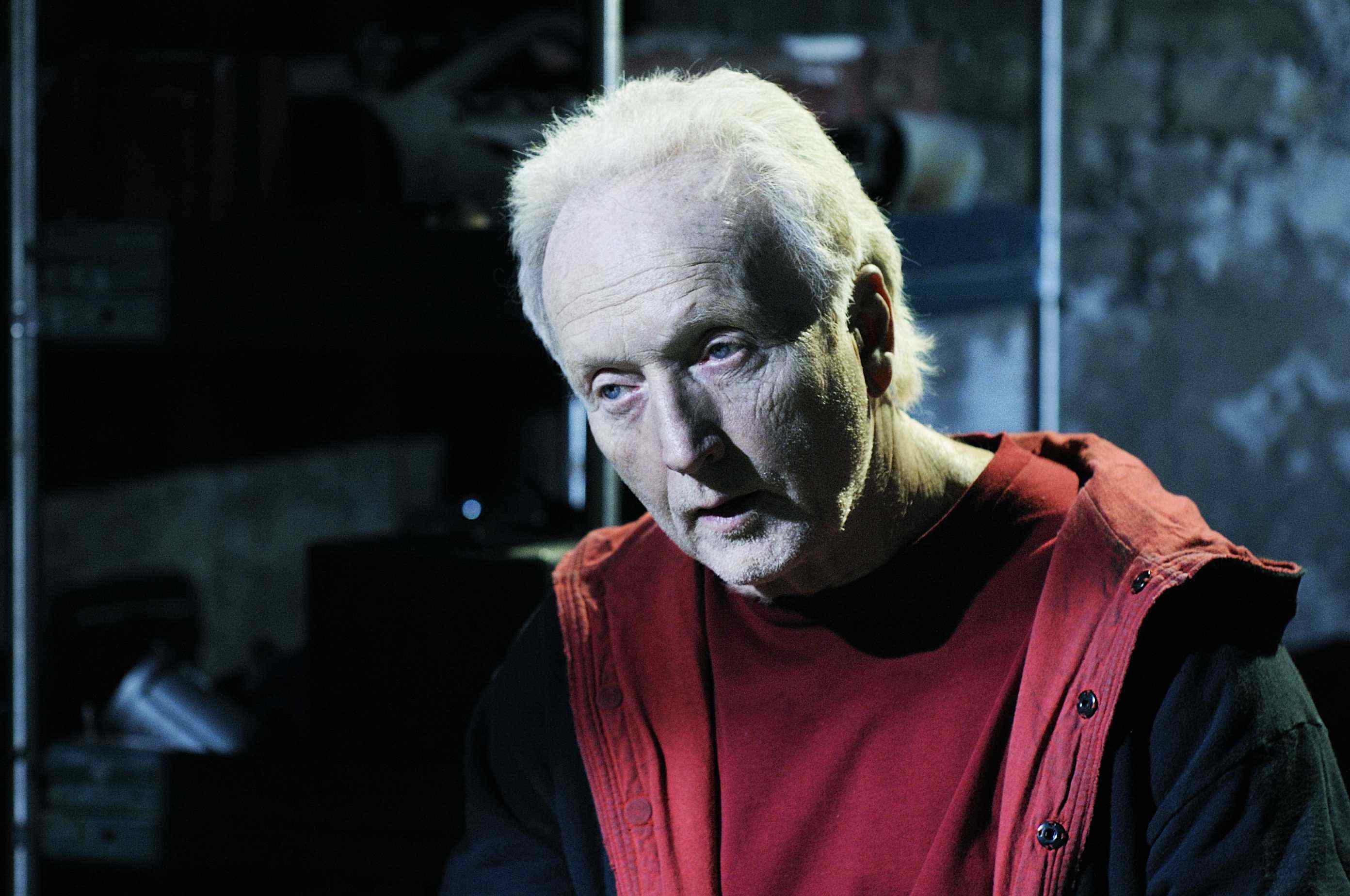 Rob in Nekromantik
Rob in Nekromantik
You want to talk about originality? How about a guy who brings home a corpse he found on the side of the road and then convinces his girlfriend that they should have a threesome with it. When she finds that the corpse is better in bed than he is, she takes it from him. And that’s what sparks his murderous rampage. As many different killers as there are out there with so many similarities, I think I can safely say that this one is one of a kind.
 Annie Wilkes in Misery
Annie Wilkes in Misery
As a writer, Annie’s motivation is horrifying to me. It’s scarier than the hobbling scene, the idea that she would burn the one and only copy of a book you poured your heart and soul into until there’s nothing left. And then she forces you to write an entire novel to her specifications, to please her alone, with no understanding or regard for the writing process. She’s not interested in how the “magic” happens, so to speak, because these characters are real to her. Add to that the fact that Paul Sheldon hated the Misery franchise with a passion. He saw it as something he was stuck with for far too long and finally free of before Annie came along.
 Leslie Vernon in Behind the Mask: The Rise of Leslie Vernon
Leslie Vernon in Behind the Mask: The Rise of Leslie Vernon
Anyone who’s ever had a longterm goal can relate to Leslie on some level, because he is so adamant in his ambitions. He’s so driven. Leslie just wants to be one of the greats. Of course, in his mind, the greats are Jason Voorhees, Michael Myers, and Freddy Krueger. That’s why he’s the villain. He wants to be in with the big boys and as the movie goes on, we actually start rooting for him… Which makes it all the more jarring when he actually starts killing people.
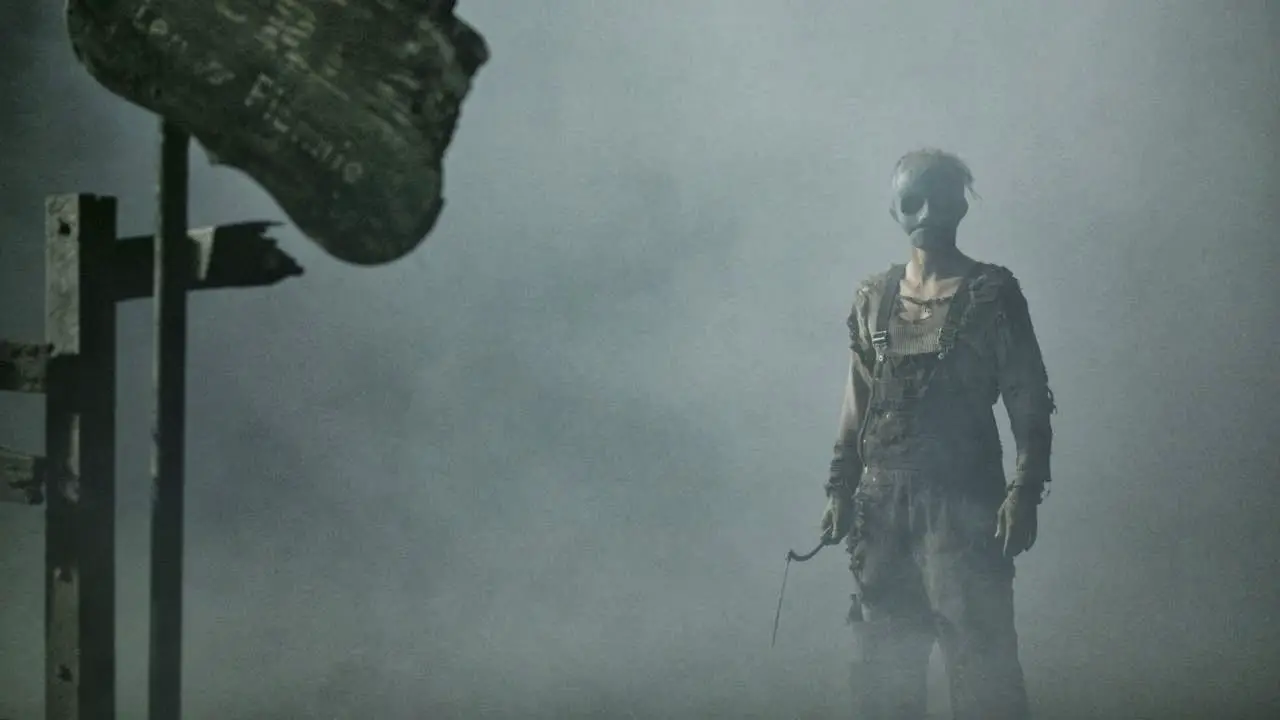 Mrs. Voorhees in Friday the 13th
Mrs. Voorhees in Friday the 13th
In retrospect, it’s a little weird that we watched Mrs. Voorhees get decapitated before we even learned her first name—which is Pamela, for the record. Mrs. Voorhees is an insane woman who went about everything in the wrong way, but in a weird and twisted way you can almost understand her motivations. She lost her only son, who was clearly just about the only thing she had in this world, and in her mind she was trying to keep other children safe. She was willing to do whatever she had to in order to close Camp Crystal Lake so that what happened to her little Jason would never happen to anyone else. Sure, she was completely out of her mind and spoke in her dead son’s voice, but that only made her all the more tragic.
How Friday the 13th Part 2 Casually Improves on the Original
 Julia Cotton in Hellraiser
Julia Cotton in Hellraiser
There’s something so refreshing about the simplicity of Julia’s motivation. It’s not love, it’s even less complex and yet it allows for Clive Barker to explore her depth as a character at the same time. A crew member suggested he title the film “What a Woman Will Do For a Good Fuck” and Barker apparently considered it, because that’s exactly what Hellraiser is. Frank is the best lay Julia ever had in her life. She is completely miserable in her marriage to his brother, Larry. All she’s really trying to do is put skin back on Frank’s dick so she can have at least one more good roll in the hay.
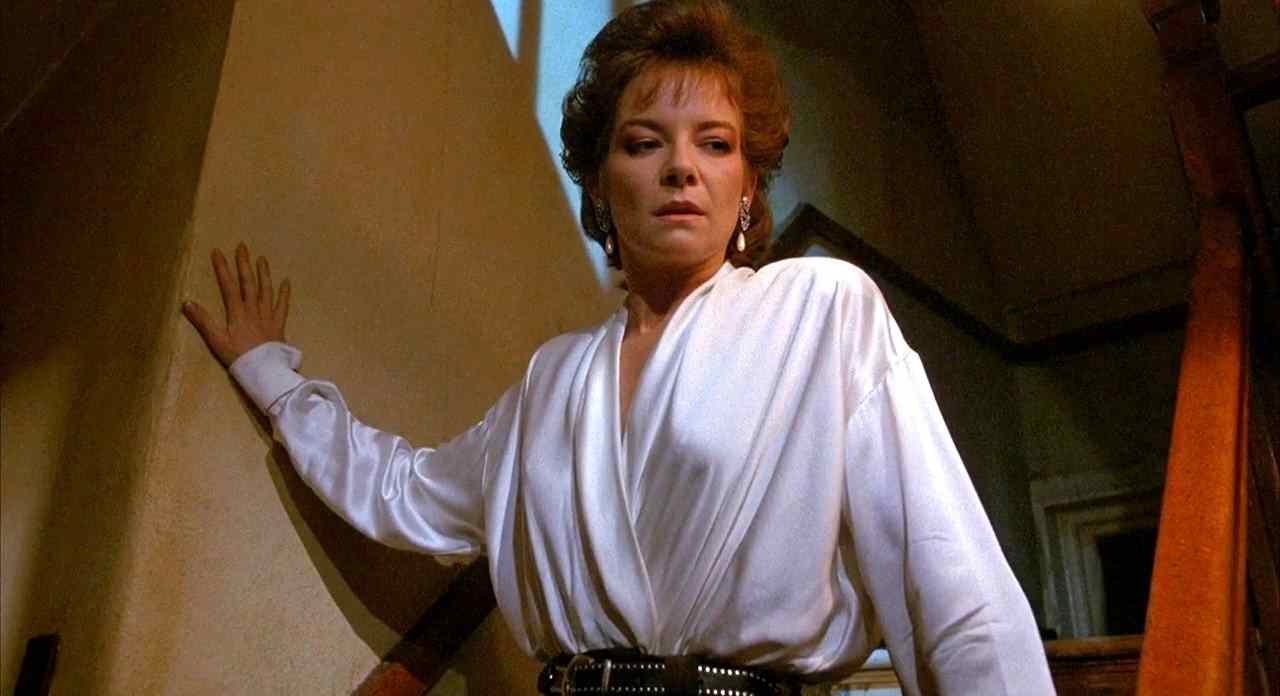 Norman Bates in Psycho
Norman Bates in Psycho
If Psycho were released today, the ending would have exactly the same impact and people would still be talking about it. When you consider what that ending meant for 1960, it just goes to show you what a masterpiece of horror Psycho really is. It’s still original and it still holds up. Even the motivation itself is sad and complex. Norman adopts his mother as a person inside himself because he is trying to keep her alive. He cannot admit to the murder that Norman, not mother, committed and so the mother persona instead becomes the voice of aggression and rage inside of him. It’s deep, layered, and Anthony Perkins knocks it out of the park in one of the greatest horror performances ever.
